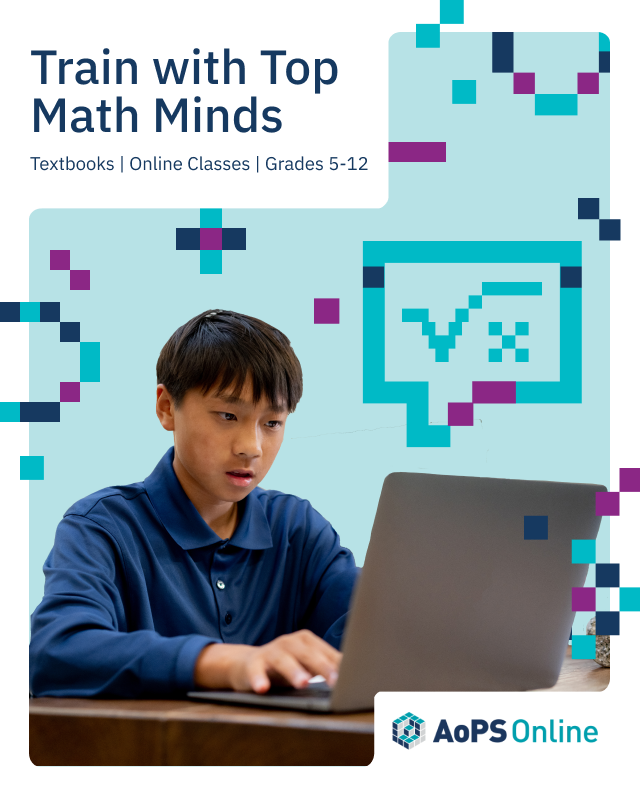Authors and educators Dr. Angelia Ridgway, Professor of Education at the University of Indianapolis, and Nathaniel Ridgway join the podcast to discuss the pros and cons of differentiated learning, how to customize a course down to the individual student level, and the promise of educational technology and adaptive learning within differentiated instruction.
Every student has unique interests, preferences, strengths, and struggles: Which means every student needs a differentiated learning approach to reach their full potential. It's a difficult challenge to take on in any classroom — and that doesn't include external forces like the recent pandemic.
Ready to tackle differentiation in the classroom, but not sure where to begin due to time constraints and the sheer number of options? In this episode, Dr. Angelia Ridgway and Nathaniel Ridgway walk us through some best first steps.
Differentiating the Classroom
We want to give our students a unique learning experience tailored to their strengths and weaknesses. While a large class size and the pandemic may raise concerns on how to accomplish that, there are resources available, like the Universal Design for Learning model, a model for improving accessibility and more in learning.
For example, Nathaniel started building differentiation into his classroom by simply removing desks to allow flexible seating — creating a setup that helps students feel comfortable and best facilitates their learning.
The Role of the Instructor
As a teacher – either in the classroom or at home – our purpose is to get our great problem solvers of tomorrow to reach an end goal. To achieve this, the educational design must include:
- Variability for different processes
- Different levels of content
- Different products that represent their means of knowing
For one or two students, this high level of variability sounds doable. But for classrooms of 20 to 30 kids, how can an educator possibly introduce such a substantial offering?
Nathaniel’s advice: Start with a slow drip.
Introducing differentiation doesn’t need to totally disrupt your classroom. Beyond small changes, teaching students to be aware of their personal impact on outcomes can form a path toward a more personalized learning experience.
Nathaniel shares a personal example of a project he was involved with at the high school where he now works: In an attempt to understand and correct the school's decreasing test scores, he and a language arts teacher worked with their AP language arts class to brainstorm solutions together in small groups. One of the solutions they came up with — a freshman mentorship program to help get new students acclimatized to the school — is still in effect today.
Even with a small amount of change, you have the power to differentiate your classroom; but instructor involvement only goes so far. Make sure your students are empowered to take ownership of their learning experience.

As tempting as it can be to believe that you know what’s best, they are the only ones who can guide you towards their best learning environment.
Best Technology to Aid in Differentiated Learning
Unfortunately, technology is not a catch-all solution when it comes to differentiated learning. But the right tools can aid any teacher already doing their best in the classroom.
Two of Angelia's favorite tools include:
- Smithsonian Tween Tribune: Large inventory of authentic, relevant content with a variety of reading levels and supports.
- Wonderopolis: Empowers student agency at home and in the classroom.
These resources don't replace your efforts as an instructor, but they can help cover the scope of your students' unique needs. For example: if you have advanced readers, these options provide developmentally appropriate materials to keep these students on track.
Differentiating Deeper, Not Faster
Differentiation doesn’t mean all students will move at drastically different paces.
For those special few students who have found their learning groove quicker than others, differentiation allows for a deeper level of inquiry. Think of a classroom learning about ancient Egypt. Instead of having those particular students move forward to other ancient civilizations while you keep the pace with the rest of the class, they have the resources to dive deeper into Egyptian history.
Next Steps for Teachers
For those ready to tackle the challenge of differentiated learning, it’s important to remember students' developmental limits as you plan ahead.
Things to Consider:
- A student may have the ability to take on a project, but do they have the emotional maturity to stick with it for hours until completion?
- Socially, a student needs time to stop work and have fun. Is their workload keeping them from that?
If we want to set our students up for success, we must be intentional about how we teach the concepts we want them to learn without overloading them.
Guest Links
Recommended Resources
This episode was brought to you by Art of Problem Solving, where students train to become the great problem solvers of tomorrow.
To get weekly episode summaries right to your inbox, follow the podcast at the bottom of this page or anywhere you get podcasts. Ideas for the show? Reach us at podcast@aops.com.












